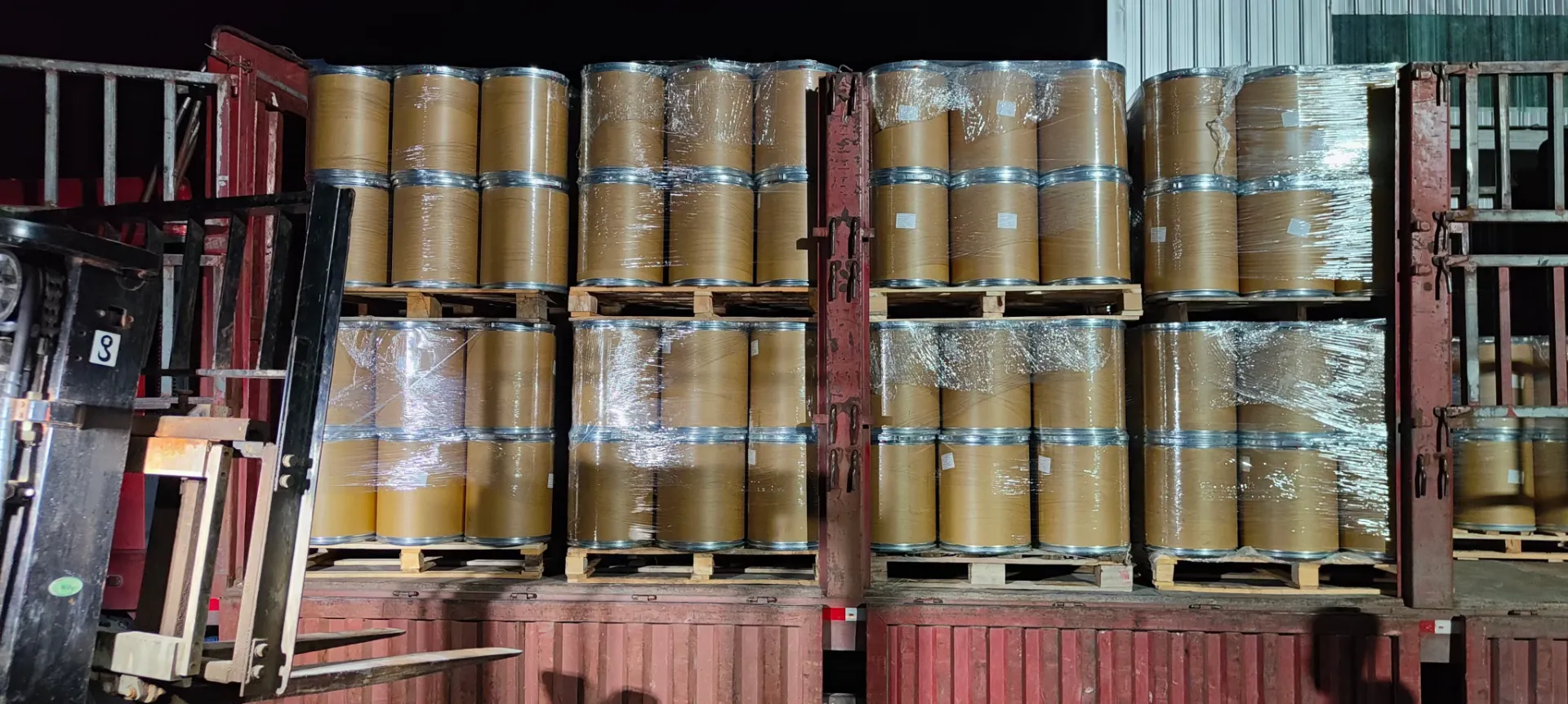The Importance of Sodium Sulphocyanide Uses and Properties
Sodium sulphocyanide, also known as sodium thiocyanate (NaSCN), is a compound that has gained significance in various industrial and scientific applications. As a colourless, hygroscopic solid, this versatile salt is characterized by its ability to dissolve readily in water, forming a faintly bitter solution. Its unique chemical properties make it an essential ingredient in multiple fields, including chemical synthesis, agriculture, and analytical chemistry.
One of the primary applications of sodium sulphocyanide is in the field of chemical synthesis. This compound serves as a crucial reagent in organic chemistry, particularly for the synthesis of thiocyanate derivatives. The thiocyanate ion (SCN-) is a nucleophile, allowing it to participate in substitution reactions with various electrophiles. This property makes sodium sulphocyanide invaluable in the production of numerous organic compounds, including pharmaceuticals and dyes. For instance, the compound is often used to form thiocyanate complexes with metal ions, which are further utilized in the preparation of various coordination complexes.
In addition to its role in chemical synthesis, sodium sulphocyanide holds significant potential in agriculture
. It is employed as a soil fumigant, helping to control pests and diseases in crops. The compound's ability to penetrate the soil and act as a biocide makes it effective against nematodes and other soil-borne pathogens. Farmers and agronomists appreciate the compound's effectiveness in enhancing crop yield and quality, albeit with careful regulation due to concerns regarding its toxicity and environmental impact.sodium sulphocyanide

Another noteworthy application of sodium sulphocyanide is in the field of analytical chemistry. The compound is often used in titration methods for the quantification of various substances. For example, sodium sulphocyanide reacts with iron(III) ions to form a characteristic red complex, making it a useful reagent for determining iron concentration in samples. This property is particularly significant in food and beverage industries, where controlling iron levels is necessary for product quality.
Despite its numerous advantages, the use of sodium sulphocyanide is accompanied by certain health and environmental risks. The compound is known to be toxic, and exposure can lead to severe health issues, including respiratory distress and skin irritation. Therefore, strict safety measures are crucial while handling this compound in laboratories and industrial settings. Furthermore, concerns regarding its environmental impact have prompted researchers to explore alternative compounds and methods that could mitigate potential risks associated with sodium sulphocyanide.
Sodium sulphocyanide is also a compound of interest in scientific research. Its ion, thiocyanate, has been studied for its ability to inhibit the growth of certain microorganisms, leading to explorations in microbiological applications. Researchers are investigating its potential role in pharmacology, particularly in the development of new drugs, given its interactions with various biological systems.
In conclusion, sodium sulphocyanide is a compound that plays a crucial role in various industrial, agricultural, and scientific applications. Its unique properties, including its reactivity and solubility, make it an important reagent in chemical synthesis and analytical chemistry. However, it is essential to approach its use with caution due to its toxicity and environmental concerns. As research continues to advance, there may be opportunities to develop safer alternatives while retaining the beneficial properties of sodium sulphocyanide. Understanding and harnessing the advantages of this compound can lead to innovations that benefit multiple sectors of society, from agriculture to pharmaceuticals.

